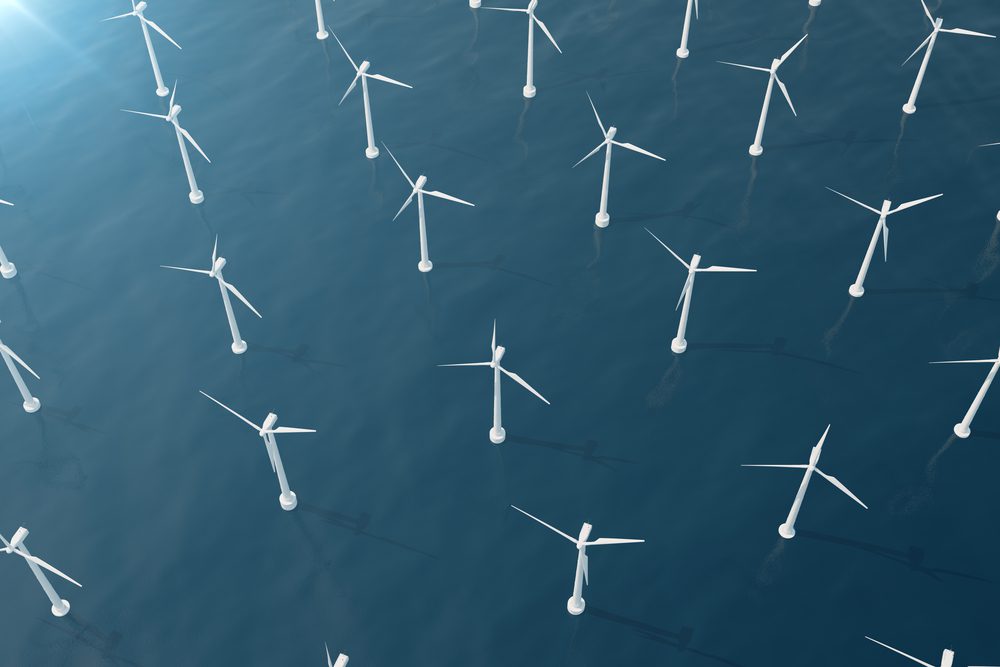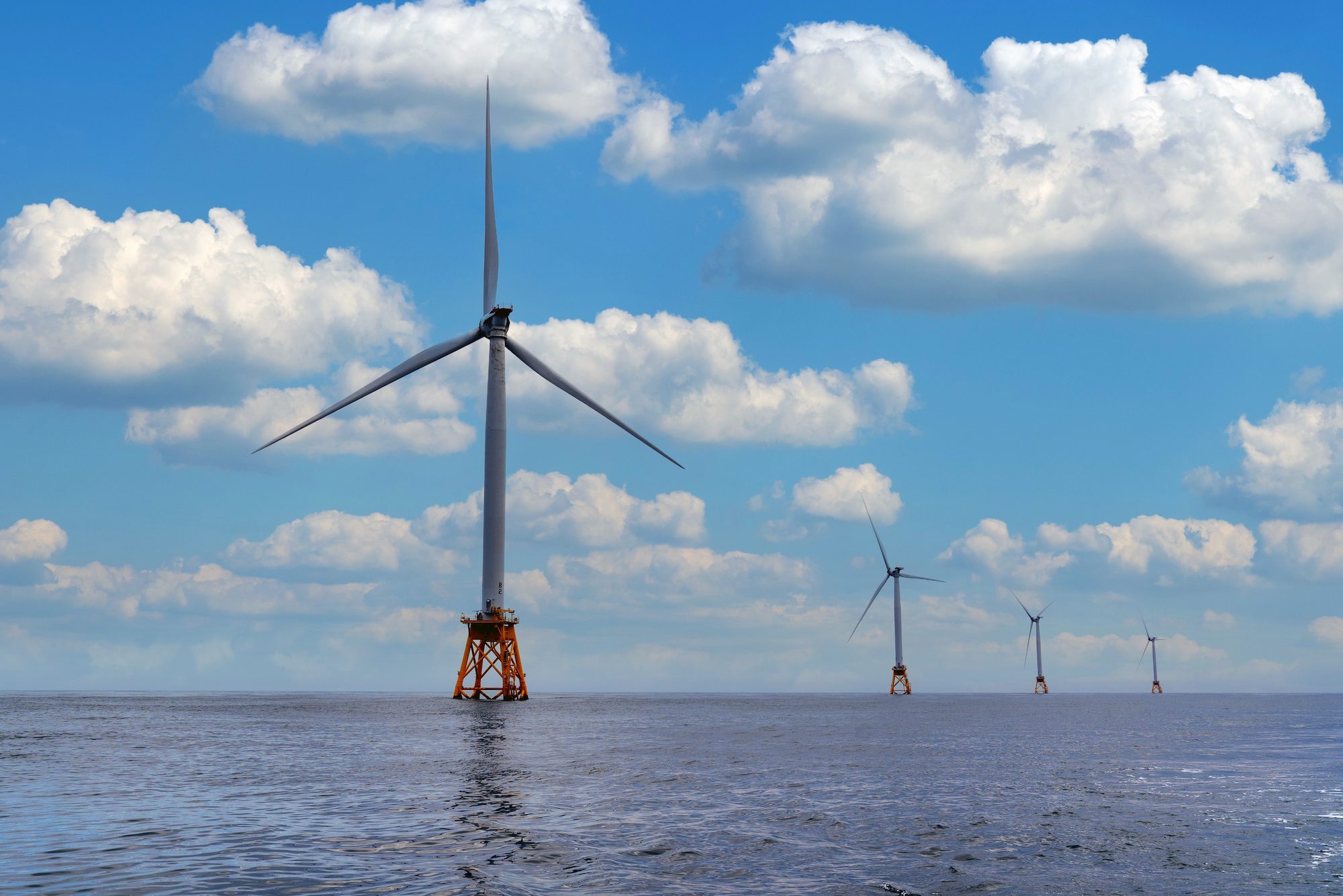The U.S. Department of the Interior has announced that the Bureau of Ocean Energy Management (BOEM) will publish two separate Calls for Information and Nominations for possible offshore wind leasing in areas that are determined to be suitable off the coast of Oregon and in the Central Atlantic.
BOEM Director Amanda Lefton made the announcement at the International Offshore Wind Partnering Forum, where she outlined the Biden-Harris Administration’s efforts to deploy 30 gigawatts of offshore wind energy by 2030.
Over the past year, the Interior Department has approved of the nation’s first two commercial-scale offshore wind projects in federal waters, as well as held a record-breaking New York Bight offshore wind auction and announced plans to potentially hold up to seven new offshore lease sales by 2025.
“The Calls for Information and Nominations for Oregon and the Central Atlantic provide an important avenue to solicit information as we identify potential areas that may be suitable for future offshore wind energy leasing,” said BOEM Director Amanda Lefton. “Today’s announcement reflects years of working with ocean users, Tribal governments, and local, state, and federal agencies as we drive toward achieving the ambitious goals of the Biden-Harris administration to fight climate change and create good paying jobs.”
Scheduled to publish in the Federal Register on April 29, each Call will initiate a separate comment period during which the public can submit relevant information on site conditions, marine resources, and ocean uses near or within the Call Areas. Concurrently, wind energy companies can nominate specific areas they would like to see offered for leasing.
This next step in the process allows BOEM to obtain information from and engage with ocean users and stakeholders as the bureau seeks to identify areas of least conflict for offshore leasing and wind energy development. This information will be used to significantly narrow the area to be considered for offshore wind development leasing as BOEM seeks to identify wind energy areas.
BOEM is seeking information on six distinct areas in the Central Atlantic comprising almost 3.9 million acres. The closest point to the shore of any of the areas is approximately 20 nautical miles off the Central Atlantic coast.
The Oregon Call, the first action of its type off the Oregon coast, requests information on two areas that together comprise approximately 1,158,400 acres. Both areas – the Coos Bay Call Area and the Brookings Call Area – begin about 12 nautical miles from shore at their closest points, off the coast of central and southern Oregon, respectively.
BOEM will consider public comments and commercial nominations in response to the Calls to analyze potential use conflicts before designating specific wind energy areas (WEAs) within the respective Call Areas. BOEM will then conduct environmental reviews of the WEAs in consultation with the appropriate Federal agencies, Tribes, State and local governments, and other key stakeholders. After completing its environmental reviews and consultations, BOEM may propose one or more competitive lease sales for areas within the WEAs. There will be multiple opportunities for public input throughout this process.

 Join The Club
Join The Club











